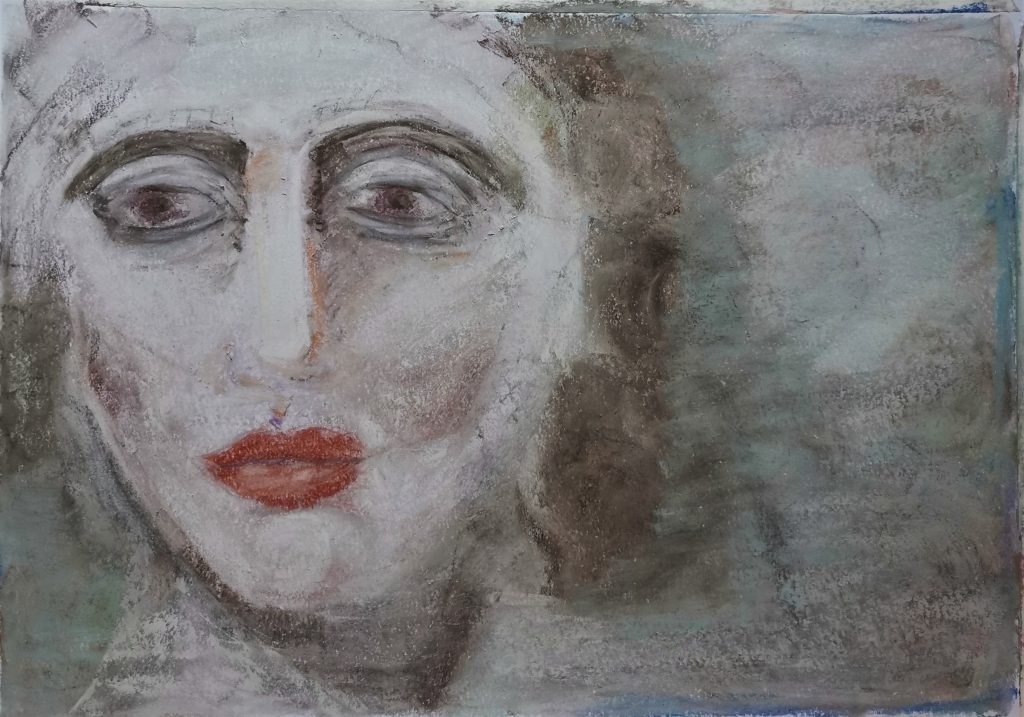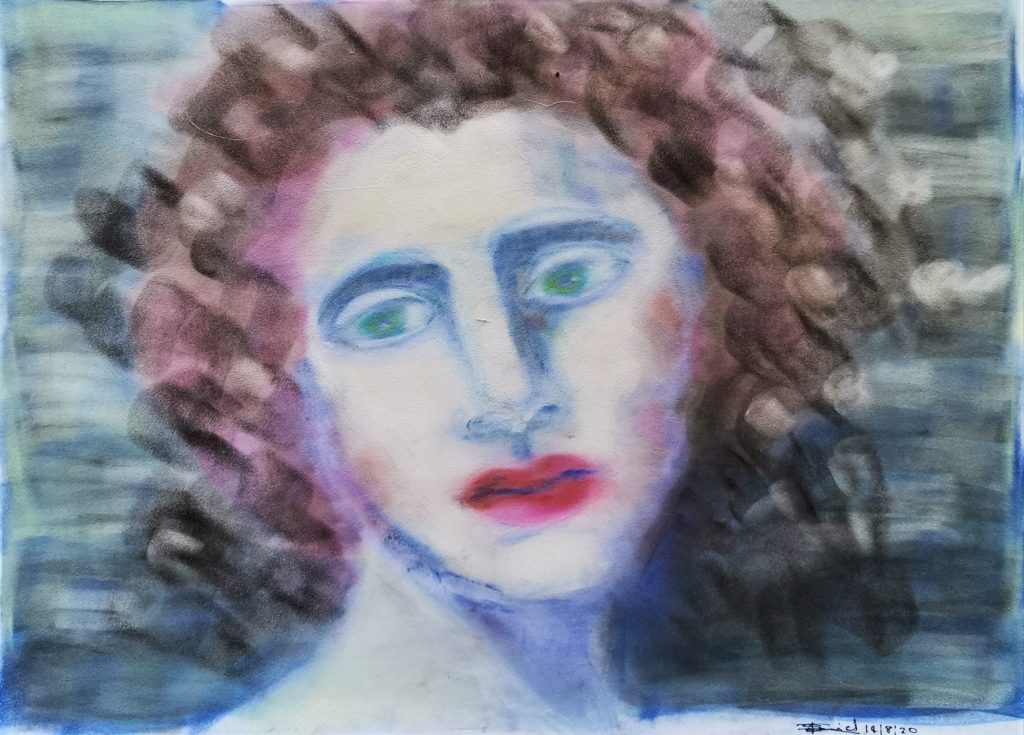How To Choose Beautiful Art
Art brings beauty into your home and spirit and is a vital channel of expression and energy cleansing. Your spirit, the intangible part of your being, needs to seek a higher ground where it can be clear and free. The higher ground is art.
It’s easy to forget the fragility of your emotional well-being and the soul. When stress, problems and routine drain your energy, art re-energises you with colourful light and arresting compositions.
Each artwork you choose serves you as a spiritual escape and a connection to the artist’s mind and soul. Each piece is a personal visual message to you, no two people see the same artwork alike.
But with such a dizzying array of artists and types of art to choose from, how do you go about making the right choices for you? You are not alone, the artists themselves often have a problem even starting a piece, so in a way, it’s a journey you take together.

How to choose beautiful art
The first rule of thumb is not price – although you do have to consider your budget – but your personal taste. You are the buyer, so what you purchase needs to be an artwork which will bring you continuous joy, and satisfaction and expresses you.
So first, ask yourself some questions: what colours do you like to have around you? Do you like muted or bright colours? What kind of shapes do you like? Do you prefer abstract art or representational art? Landscape or still life? What subjects do you enjoy, the sea, buildings, people, objects? What kind of compositions speak to you? Bold diagonal lines, soft misty horizons, strong mountain horizons, the verticals of urban landscapes? Do you like delicate drawings or strongly coloured, bold paintings?
To help your search for your preferences, you could visit art galleries and museums just to get a feeling of the art to which you make a strong connection.
Browsing images of paintings on websites like www.artnet.com can help you define the type of art you like. Talking to artists and curators or taking an art history course can help you train your eye.
Find art that you love
All this is a preamble to the really important part of choosing art for your home: finding the artist whose work you truly love at the price you can comfortably afford.
One of my patrons told me she bought one of my pieces because it glowed and made her feel alive. Another patron told me he just felt so drawn to the piece that he bought it. Those are the feelings you want when considering whether to purchase an artwork. If an artwork is highly recommended to you by an expert curator but the piece leaves you feeling indifferent, I’d say that’s not the choice for you.
Once you are in a position to make informed choices based on your preferences, from there it is all about love and two practical questions: what size wall space do you have available in your home and will the painting grow in value over time in case you decide to sell it?

Wall space and lighting
Wall and room space are important considerations, as is finding a spot with good natural light. If you’re a fan of large paintings, it’s good if the room is proportional to the size of the piece so there’s a feeling it fits in with the surroundings.
A good knowledge of colour can help you as well. It’s not necessary to always match the artwork with the wall colour and furniture. It can work to pick contrasting colours to make a room come alive. Picking an artwork by value contrast can also be an interesting choice, for example, if your furniture is white and you choose a dark painting, it would stand out.
What adds value to your painting?
There may come a time you want to sell your painting, for example on ebay, in an art auction or direct to a buyer. At this point, you have to add up the points which contribute value that is over-and-above the initial price so you can make a profit.
Strong value points include whether the painter’s career has grown since you bought the painting. The painter’ public profile and reputation in the artistic world also contributes to the value of your painting.
Time only adds to a painting’s value if the piece is treated carefully. Unlike most other assets except wine, time increases a painting’s value because it is a visual record of an artist’s life and times.
Artist resale royalties
Keep in mind that there are new laws about artist’s resale copyrights, which are retained by the artist no matter who owns the artwork. When a piece is sold for up to or over EUR 3000 in a sale involving an art professional, the artist must be notified and there may be royalties due to the artist or their estate unless they have signed over their rights to you. The royalties should not exceed EUR 12,500 and are set out below:
- 4% for the portion of the sale price up to €50.000,00;
- 3% for the portion of the sale price from €50.000,01 to €200.000,00;
- 1% for the portion of the sale price from €200.000,01 to €350.000,00;
- 0,5% for the portion of the sale price from €350.000,01 to €500.000,00;
- 0,25% for the portion of the sale price exceeding €500.000,00.
The royalties only add to a painting’s value because inherent in each artwork is the artist’s talent and creativity.
Art is meant to be enjoyed
Your art collection will be with you for a long time, so enjoy every moment. Watch as the sunlight fades and random beams show you a side of your picture you never noticed. Observe how you feel about each piece at different moments in time.
Most of all, enjoy, appreciate and grow through your art collection.